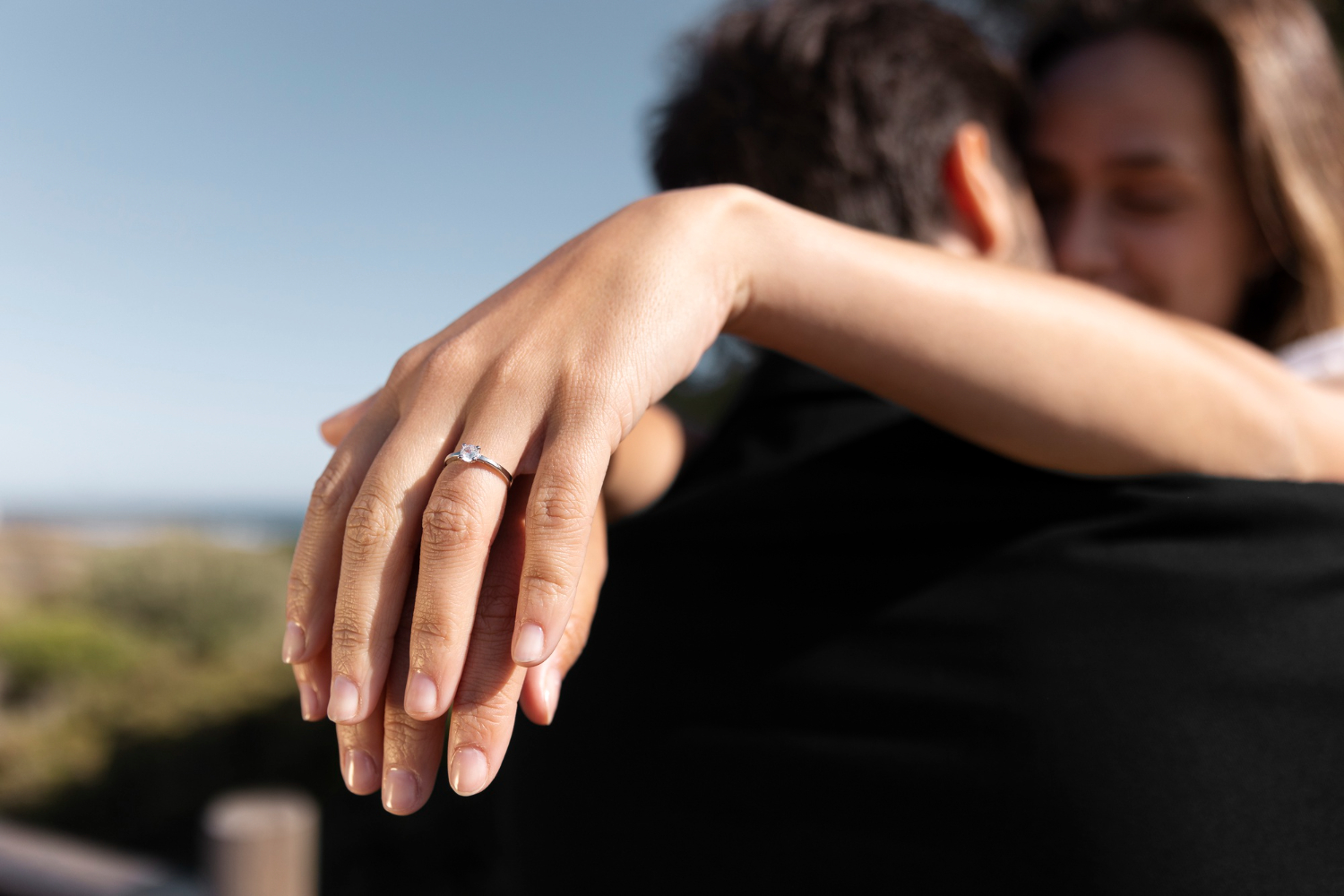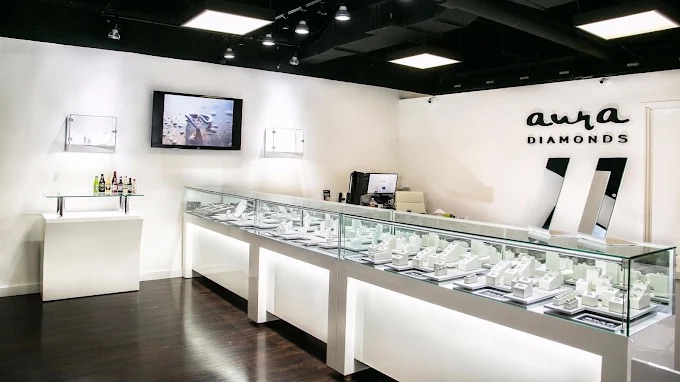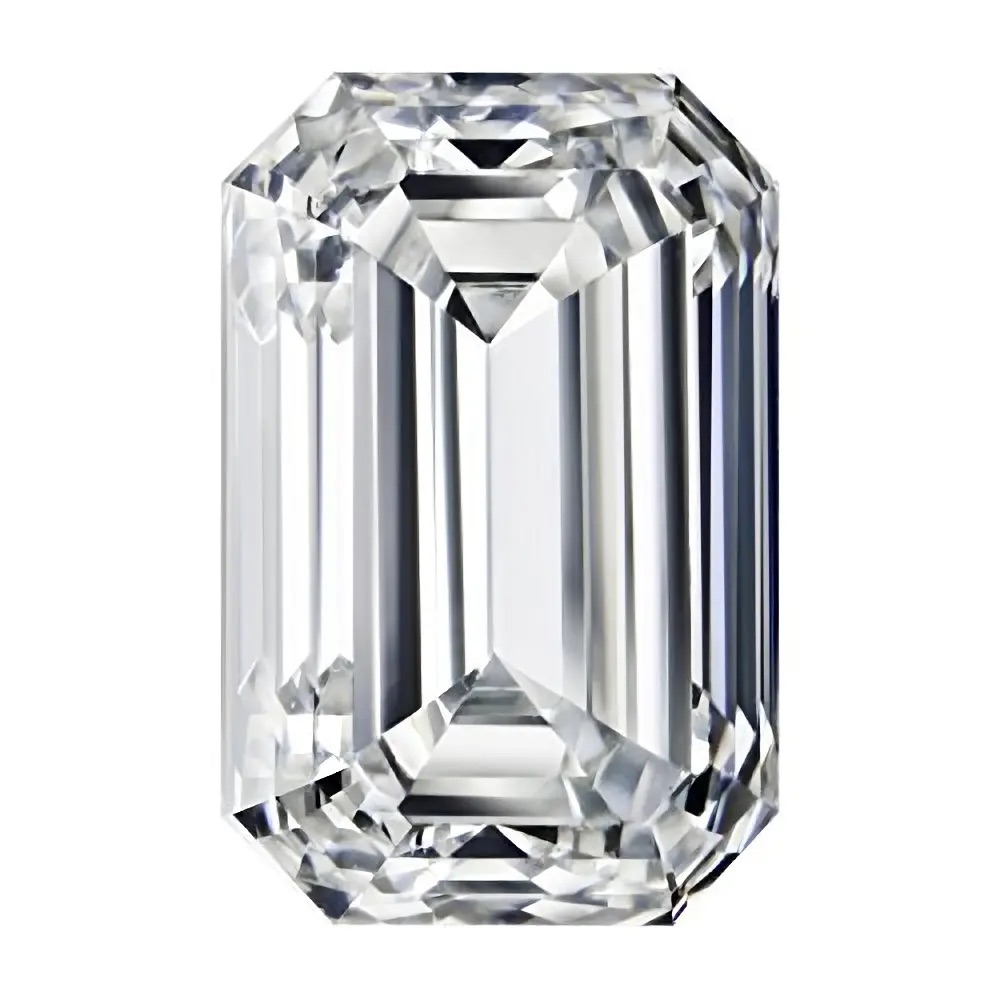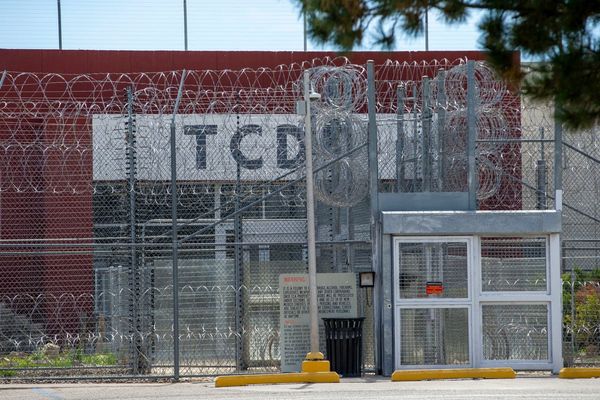Across Texas, couples are reimagining what forever looks like — not just in their vows, but in their rings. The Lone Star State, long known for bold design and big celebrations, is now at the heart of a quieter revolution: sustainable jewelry. From recycled metals to lab-grown diamonds and ethical sourcing, Texans are embracing a more thoughtful approach to the sparkle that marks their most meaningful moments.

From Mine to Mindful
For decades, traditional mining defined luxury jewelry. The bigger the diamond, the deeper the mine — and the heavier the environmental cost. But attitudes are shifting fast. Younger buyers are driving a surge in transparency and traceability, asking not only how a diamond shines, but where it comes from.
Dallas, Austin, and Houston jewelers are among those leading the way. Many now provide full provenance reports showing a gem’s journey from source to setting. Some go further, partnering directly with small, certified suppliers who ensure fair wages and minimal environmental impact.
Aura Diamonds, a well-established Dallas jeweler, is part of that new movement. Its collections of dallas engagement rings include both natural and lab-grown stones, each certified for ethical sourcing. The brand’s clients aren’t just looking for clarity and carat weight anymore — they want confidence that their purchase aligns with their values.
“People still love the tradition of a diamond,” says a Dallas-based jewelry designer who has worked with several local ateliers. “But they also want that tradition to evolve. There’s no reason something beautiful should come at the cost of another community or the planet.”

The Rise of Lab-Grown Diamonds
If there’s a single innovation driving this change, it’s the lab-grown diamond. Created using advanced technology that replicates the conditions deep within the Earth, these stones are chemically identical to mined diamonds — right down to their sparkle under ultraviolet light.
What makes them compelling isn’t just their quality, but their story. Producing a lab-grown diamond uses far less water and energy than traditional mining and doesn’t disturb land or ecosystems. For many couples, that’s reason enough to choose one.
Texas jewelers are responding with creativity. Some designers are mixing mined and lab-grown stones in the same piece to symbolise the balance between past and future. Others are exploring unique cuts and colors that wouldn’t have been economically feasible with natural diamonds.
In Dallas, custom jewelers say lab-grown stones have become the norm rather than the exception. “Five years ago, clients would whisper about wanting lab-grown diamonds,” says a Gemological Institute of America-certified gemologist. “Now they request them proudly — and often ask to see both side by side.”
Recycling Gold and Silver
The sustainability shift isn’t limited to gemstones. Precious metals — particularly gold — have their own complicated footprint. Mining a single gold ring can produce more than 20 tons of waste rock. The alternative? Refining and reusing what’s already in circulation.
Texas workshops are quietly becoming leaders in closed-loop metal use. Some artisans now source gold exclusively from recycled jewelry and industrial materials, ensuring that each new ring or necklace carries no new mining impact.
That’s also led to a revival of heirloom redesign. Couples are bringing in vintage pieces from parents or grandparents and having them remade into modern styles. The sentiment remains, but the form evolves — a sustainable approach that ties family history into the present.
“There’s something really emotional about it,” says a jeweler who specialises in remounting stones. “You take a piece that’s sat in a drawer for years and give it new life. It’s recycling in the most personal way.”
Texas Makers Go Local
Sustainability also means shortening supply chains. Local sourcing — whether for metals, gems, or even packaging — keeps more money in the community and reduces transport emissions.
Small-batch Texas jewelers have started using state-made casting and finishing services instead of shipping components overseas. Some design studios partner with local artisans for engraving or hand-finishing, ensuring every piece passes through Texas hands.
Even presentation is evolving: reusable boxes made from reclaimed wood, organic cotton pouches, and minimalist branding have replaced the bulky velvet cases of the past. It’s an aesthetic that mirrors the jewelry itself — understated, elegant, and ethically grounded.
The Wedding Shift
The ripple effect of sustainable jewelry is most visible in Dallas weddings. Where once lavish displays of gold and diamonds were the norm, couples are now choosing subtlety and symbolism.
Custom ring designs tell stories: reclaimed gold melted down from family pieces; twin lab-grown diamonds representing shared values; stones sourced from certified conflict-free regions. Sustainability has become not just a purchasing decision, but part of the ceremony itself.
Dallas planners report that many brides and grooms now ask for eco-friendly touches throughout their weddings — from local flowers to vintage attire — and the rings naturally fit that ethos. In some cases, jewelers are invited to explain the provenance of the rings during the reception, turning craftsmanship into conversation.
As the market changes, brands like Aura Diamonds have adapted seamlessly. The company’s design consultations often start not with a question about size or shape, but about meaning: what story do the couple want the ring to tell? Whether it’s a minimalist band in recycled platinum or a custom halo design featuring a lab-grown centerpiece, sustainability is now a design principle, not an afterthought.
Generational Change
Part of the momentum comes from generational shift. Millennials and Gen Z — now the dominant engagement-age groups — are more environmentally aware and digitally informed than any before them. They research supply chains, scrutinise certificates, and share their values publicly.
Texas jewelers say social media has amplified this trend. On platforms like TikTok and Instagram, “unboxing” videos often highlight sustainability tags as much as carat size. Couples proudly post about choosing conflict-free or lab-grown rings, transforming what was once niche into mainstream aspiration.
The pandemic years also accelerated this consciousness. With global supply chains disrupted, many buyers discovered the value of local artisanship and resilience. Sustainability became synonymous with self-reliance — a value Texans already hold close.

Balancing Legacy and Innovation
Of course, not every buyer is ready to give up the tradition of mined diamonds. Dallas still boasts long-established jewelers like Bova Diamonds, Shira Diamonds, and Diamonds Direct, whose clientele prize heritage and rarity. Yet even these legacy houses have begun offering sustainable options, a clear sign that the movement has staying power.
Sustainability doesn’t erase luxury — it redefines it. The craftsmanship remains, but with greater consciousness and accountability. A responsibly sourced diamond or recycled-gold setting doesn’t lessen romance; it adds another layer of meaning.
A New Kind of Texas Sparkle
In a state that prides itself on independence, Texas jewelers are showing how creativity and conscience can coexist. Sustainability isn’t a passing trend — it’s shaping how love itself is expressed.
The next time a couple in Dallas slips a ring onto each other’s hands, they may be marking more than a promise between two people. They’re participating in a larger promise: to celebrate beauty without compromise, and to let every carat carry care as well as sparkle.







